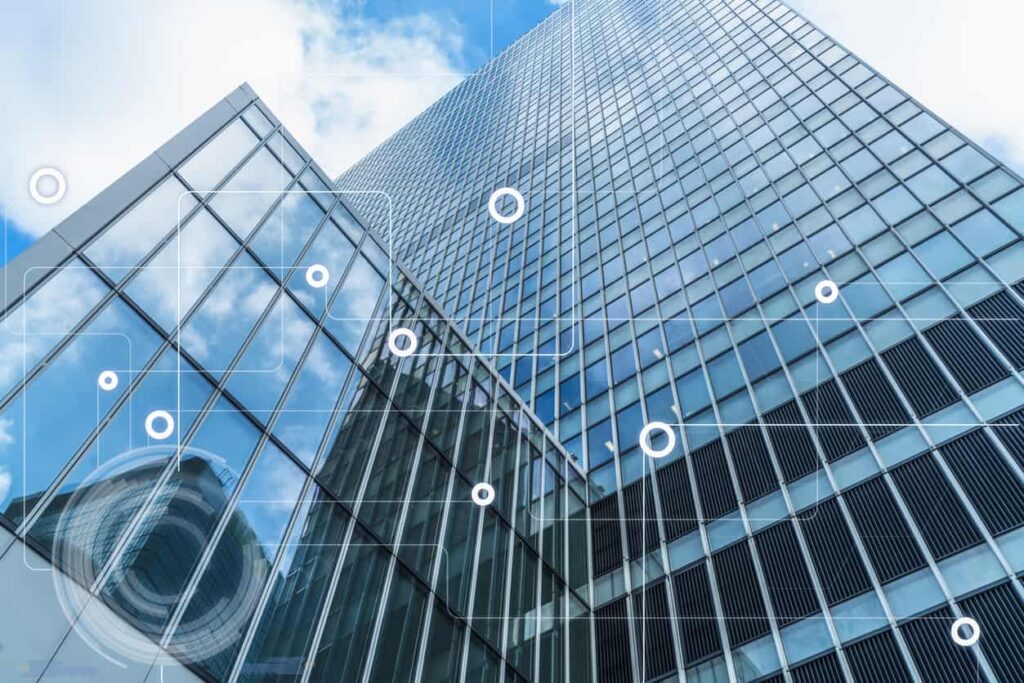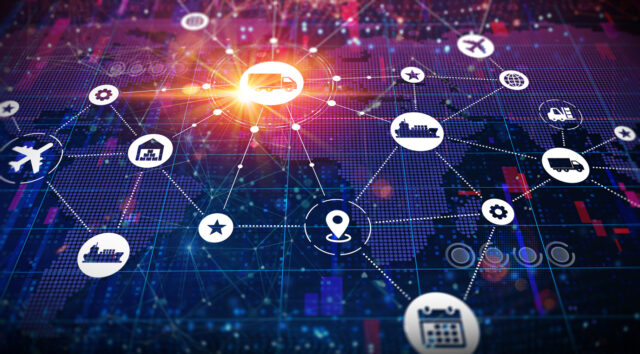Today, smart buildings are becoming more dynamic and tailored to individual requirements, specifically within the office space. And with Gartner predicting that the greatest source of competitive advantage for 30% of organisations over the next few years will be their ability to creatively exploit the digital workplace, the pressure is on for businesses and building owners alike to invest in the latest technologies and techniques to provide even better user experiences.

Employee Expectations
Research reveals that millennials would be willing to take a pay cut to work in a nicer office; and also consider quitting if their workplace is either outdated or inefficient. Employers need to keep up with the rapidly changing demands of employees in order to stay competitive when attracting and retaining talent.
To achieve this, workspaces are now becoming more ‘aware’ through an ecosystem that allows buildings to dynamically adjust to the requirements of users through the convergence of IT and Operational Technology (OT) such as building management systems, energy and space management. There is an expectation in place that facilities and building management firms will adapt to meet employee expectations; if not, then they will fall behind.
Collaboration and Productivity
Many companies are leading the way with shared office facilities and hot desks on a part-time or multi-lease basis. With desk layouts developed by algorithms, companies are responding to the demand for mobility and flexible consumption in the modern digital workspace. By configuring open and closed spaces through noise-absorbing fabrics and glass doors, buildings are providing the privacy of individual offices within an open plan setup, meaning that staff no longer need to be confined by physical walls.
Furthermore, data can be collected about user movements, machinery condition, energy usage and other activities within the building that can be used to optimise the user experience and enhance collaborative processes further. For example, mobile phone controlled AV screens, wafer-thin sensors that can detect occupancy and trigger the air conditioning system, ongoing measurement of internal environmental conditions including temperature, humidity and CO2, and indoor mapping and navigation platforms.
Sustainability
With 72% of office workers revealing that a sustainable environment is important to them, embracing this new movement has become a competitive necessity. Through clever environmental design which optimises space, consumption and resources, smart offices can reduce the overall environmental impact and save money and resources along the way. From autonomous energy systems that shut off heating and lighting when rooms are vacant to systems that monitor and optimise the use of water and electricity, these offices can identify their most wasteful aspects and also lessen the pressure on the national grid.
Making the Business Case
Smart buildings in themselves are opening up new revenue streams. But the cost of IoT implementation may be perceived as a barrier to its adoption and development. Many smart offices are built from scratch so existing workplaces need to be retrofitted with technology. And although there is an upfront investment or cost to retrofit an existing building, once installed, additions such as optimised lighting make running these spaces much more cost-effective to the building owner.
The Role of the MSP
Managed Service Providers have a valuable potential role to play beyond providing Digital Communications and collaborative infrastructure including high speed internet lines, Wi-Fi and cloud based collaboration technology such as Microsoft Teams. The MSP can work with an emerging ecosystem of expert IoT infrastructure, device and applications companies to deploy IoT sensor devices, capture and flow data to cloud based applications for insight and action. The MSP can become the agent of new efficiency gains for buildings and their users, generating new income streams and increasing user satisfaction.
Conclusion
People are the largest investment of an organisation, and as new technologies evolve to make their lives easier and safer, it is important to look at which technologies, strategies and approaches will create the most positive, productive and efficient impact for your office and users. IoT technologies, effectively overlayed and combined with existing digital infrastructure and collaboration initiatives, potentially deliver new data insight to further improve and enhance the intelligent workspace and productivity. An ecosystem of expert IoT companies working with incumbent MSPs can be an effective design, deployment and management mechanism for tapping into the intelligent workspace opportunity.











